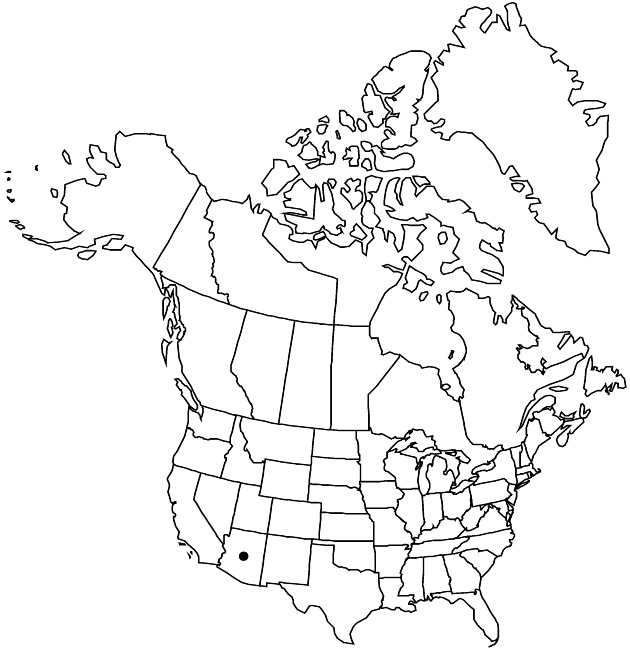Erigeron arisolius
Phytologia 69: 243. 1990.
Annuals or short-lived perennials, 30–70 cm; taprooted. Stems erect, coarsely hirsute to hispid (hairs only along ribs, bases thickened), minutely glandular. Leaves mostly cauline; blades linear to linear-oblong, lanceolate, or oblanceolate (slightly narrowed distally), 25–50 × 2–5 mm, margins entire or sometimes lobed (lobes 1–2 pairs, coarse, rounded), faces hispido-strigose. Heads 20–50+ in loose, corymbiform arrays (buds erect). Involucres 2.5–3.5 × 5–8 mm. Phyllaries in 3–4 series, minutely hispid, minutely glandular. Ray-florets 125–180; corollas usually white, sometimes lavender or pinkish, 6–7 mm, laminae reflexing. Disc corollas 2–2.5 mm (throats indurate and inflated). Cypselae 0.7–1 mm, 2-nerved (nerves orange), faces sparsely strigose to glabrate; pappi: outer of setae or lanceolate scales, inner of (10–) 12–17 bristles. 2n = 18.
Phenology: Flowering May–Jun(–Nov).
Habitat: Grasslands, often in moist areas, sometimes with mesquite, openings, roadsides, oak, juniper, mesquite
Elevation: (800–)1300–1700 m
Distribution

Ariz., Mexico (Sonora)
Discussion
Of conservation concern.
Erigeron arisolius is similar in general appearance to E. divergens; the erect buds and reflexing rays of E. arisolius contrast with the nodding buds and non-reflexing rays of E. divergens. Additionally, the latter has evenly distributed stem pubescence, cypselae with whitish nerves (versus orange), and fewer pappus bristles. Erigeron sceptrifer also may be difficult to distinguish from these: it is more similar to E. arisolius in vestiture and has shorter rays that usually become purple upon drying and that are downward-curved, compared to those of E. arisolius, where the rays dry a lighter color and reflex at the tube-lamina junction.
Selected References
None.